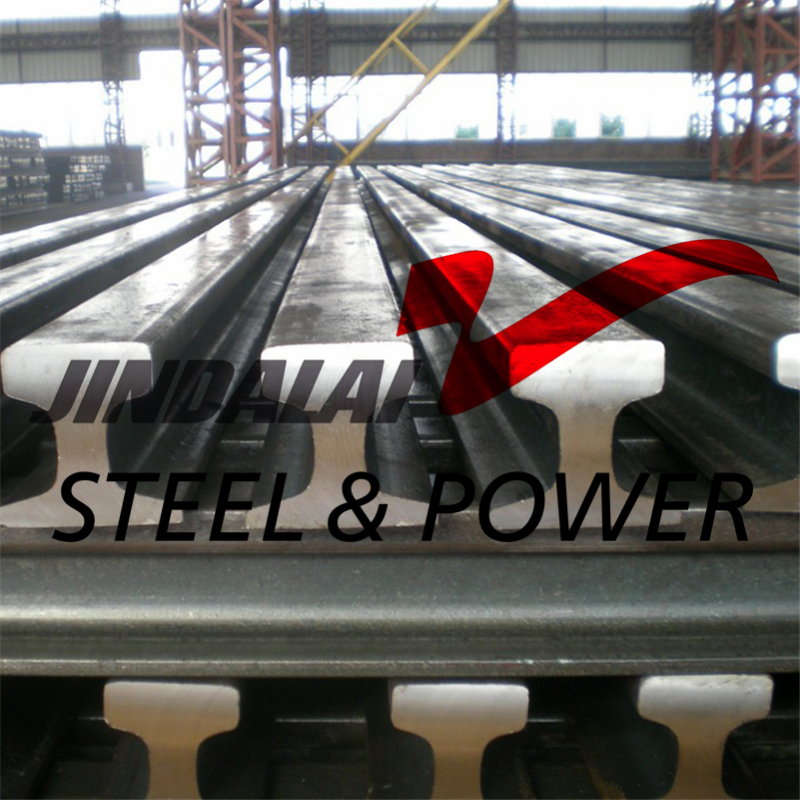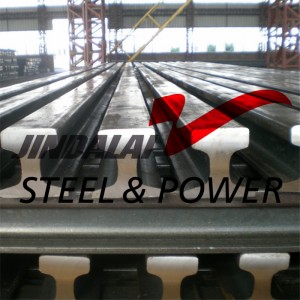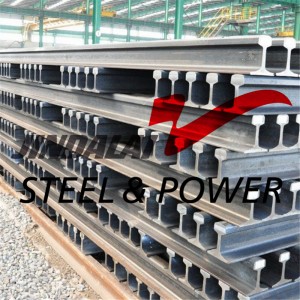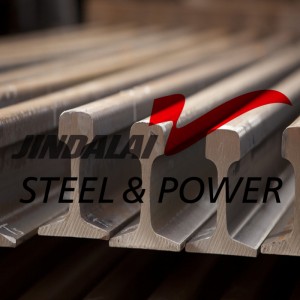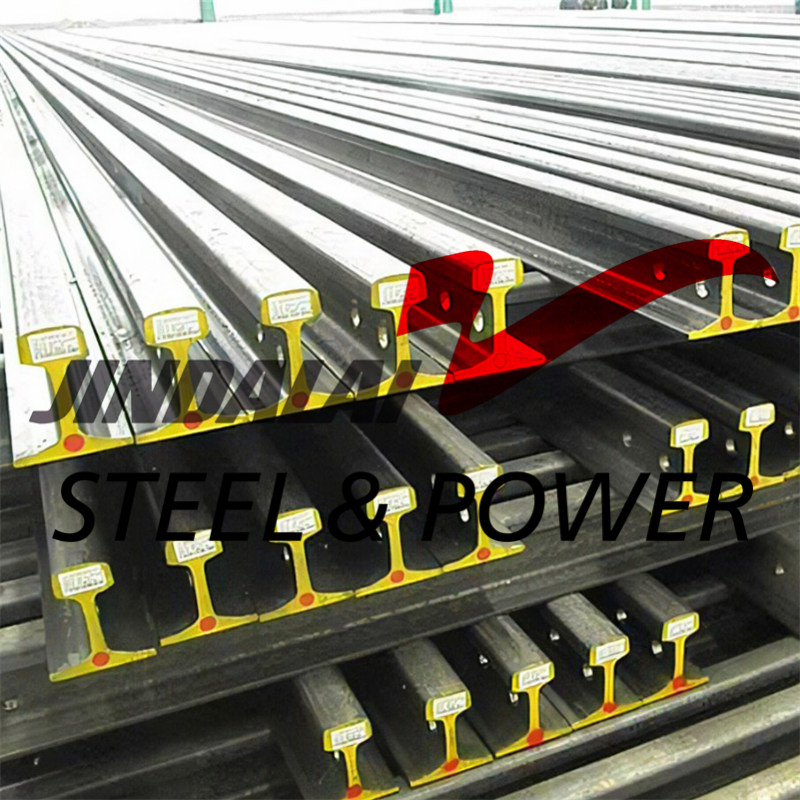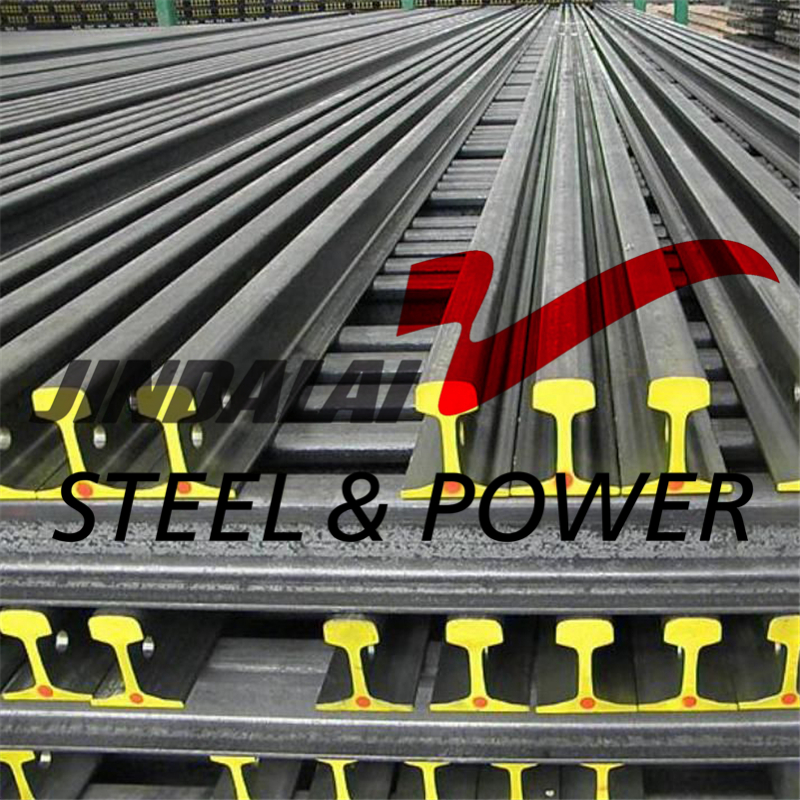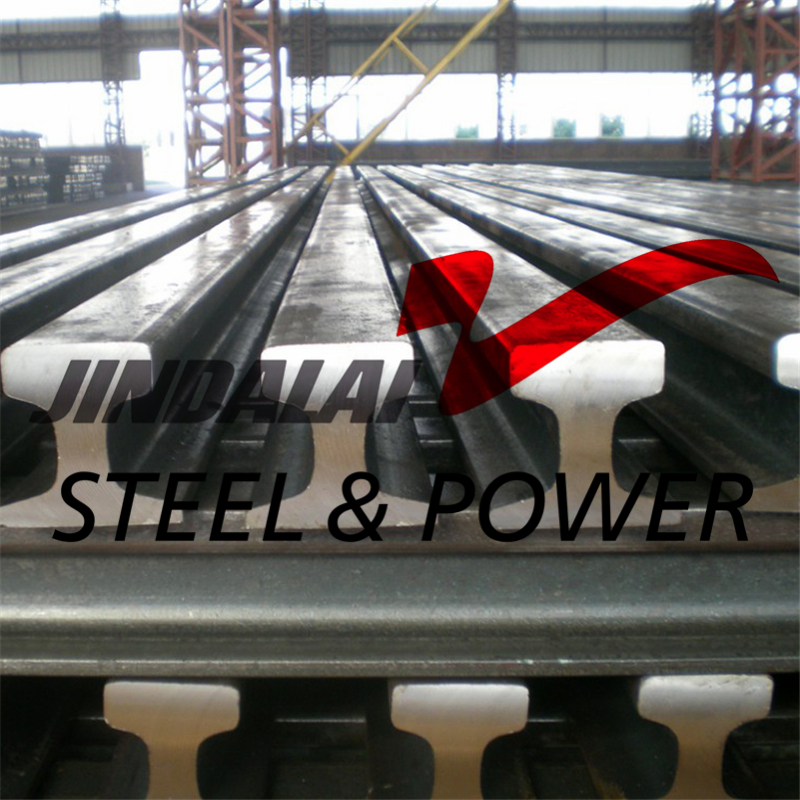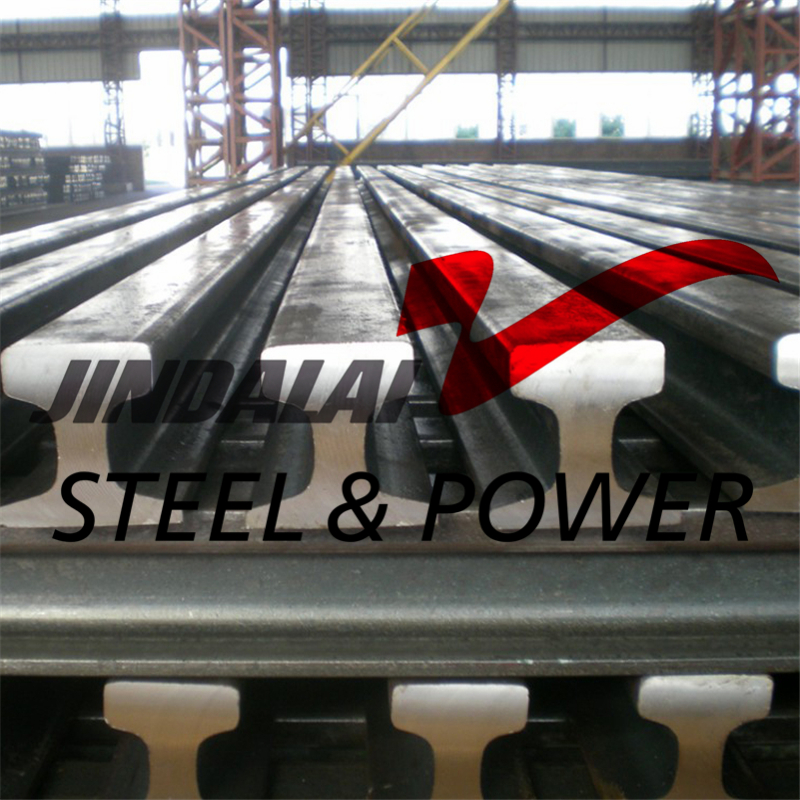Overview of Rail Steel
Rails are the main components of railway tracks. Its function is to guide the wheels of the rolling stock to move forward, bear the huge pressure of the wheels, and transmit them to the sleepers. The rails must provide a continuous, smooth and least drag rolling surface for the wheels. In electrified railways or automatic blocking sections, the rails can also be used as track circuits.
Typical Material of Track Steel
According to the steel type, rail can be divided into three types:
l Carbon steel
carbon steel is a steel rail smelted and rolled with natural raw iron ore. It mainly uses carbon and manganese elements in the ore to increase the strength of the rail. Ordinary carbon train track steel is composed of 0.40%-0.80% carbon and manganese less than 1.30%-1.4%.
l Alloy steel
The alloy steel is a steel rail that is smelted and rolled after adding appropriate amounts of alloy elements such as vanadium, titanium, chromium, and tin to the original iron ore. The strength and toughness of this type of rail are higher than that of carbon rail.
l Heat-treated steel
The heat-treated steel is a steel rail that is formed by heating and controlling the cooling of the hot-rolled carbon rail or alloy rail. The pearlite structure of the heat-treated rail is more refined than that of the hot-rolled rail, resulting in higher strength and toughness. The hardened rail after heat treatment has a layer of hardening correction at the head of the rail, which greatly improves its mechanical properties so that the service life of the rail can be extended.
Services of Jindalai Steel Group
l Large Stock
l Processing
l Full-time Service
l Fast Delivery Time
l Professional Team
l Preferential Policy
l Good Corporate Reputation
l Competitive Price and High Quality



